
Have you ever noticed that with the change in seasons comes the change in wine preferences?
For example, during the summer months I tend to choose light reds, whites or rosés because here in Idaho we experience triple-digit dry heat and negligible humidity. On those extreme weather days the last thing I want is to add dry mouth when I’m already feeling hot and dehydrated.
So why do our mouths get so dry when we drink certain red wines?
The answer lies within a natural phenolic compound contained mainly in the skins and seeds of grapes.
Tannins!
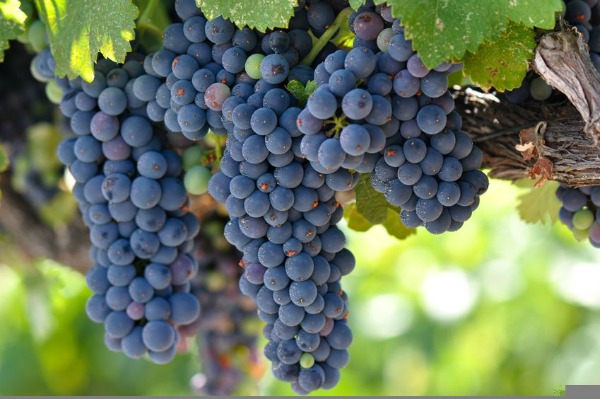
Tannins impart a bitter flavor and are astringent, meaning they constrict body tissue (like taste buds) on contact. If you have ever taken a sip of wine that left your mouth feeling dry and puckered, you were experiencing the effect of tannins!
Tannic strength varies – Cabernet Sauvignon, Syrah and Nebbiolo are known for their high tannin content, while Pinot Noir, Grenache and Cabernet Franc present low to medium tannins.
Tannins can also be found in wood, including oak.
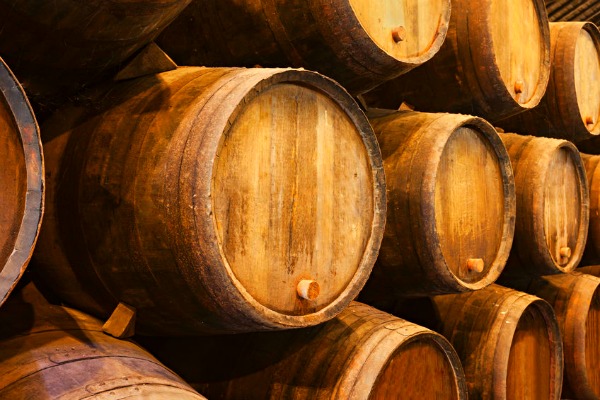
Red wines tend to be more tannic due to being aged in oak barrels, along with the presence of grape solids in the fermentation process. White wines, on the other hand, often contain insignificant amounts of tannin.
Properly crafted tannic wines are intended to be smooth and rich on the tongue rather than excessively parching. The wooden barrels used in the winemaking process help calm the dry mouthfeel by creating a slow seepage of oxygen, which helps balance the flavor and add complexity.
Other tannin taming techniques include destemming, gentle handling, temperature control, adjusting sugar and acidity in the must, fining with proteins, and blending or aging the wine – just to name a few!
Experiment with tea.
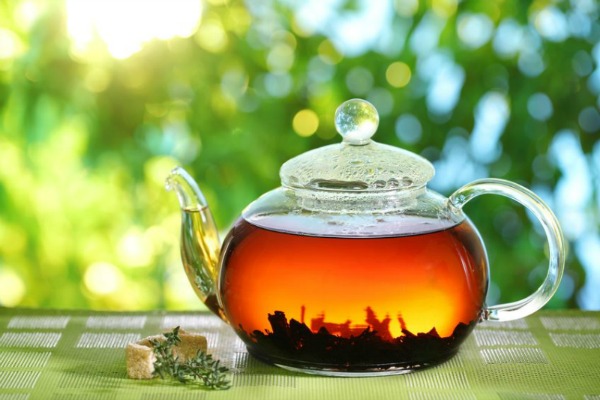
If you would like to experiment with the taste of tannins, prepare some unsweetened tea and sip it as it seeps. When the water to tea ratio is balanced, it’s delicious, but it becomes increasingly bitter the longer it sits.
The same concept holds true for wine.
Do you enjoy tannins?
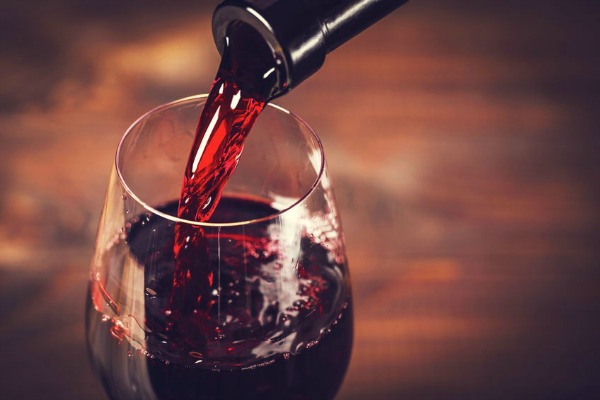
Personally, I love Cabernet Sauvignon and other high tannic wines a lot, like a lot a lot, and part of my joy comes from the mouthfeel and complexity of flavor. I have to admit even in the summer months, sometimes I seek out air conditioning in order to sip on my favorites.
My challenge for you when drinking or tasting wine is to concentrate on two things: How does the wine feel in your mouth, and can you detect any bitterness? What do you like or dislike about those characteristics?
I’d love to hear your opinions in the comments!

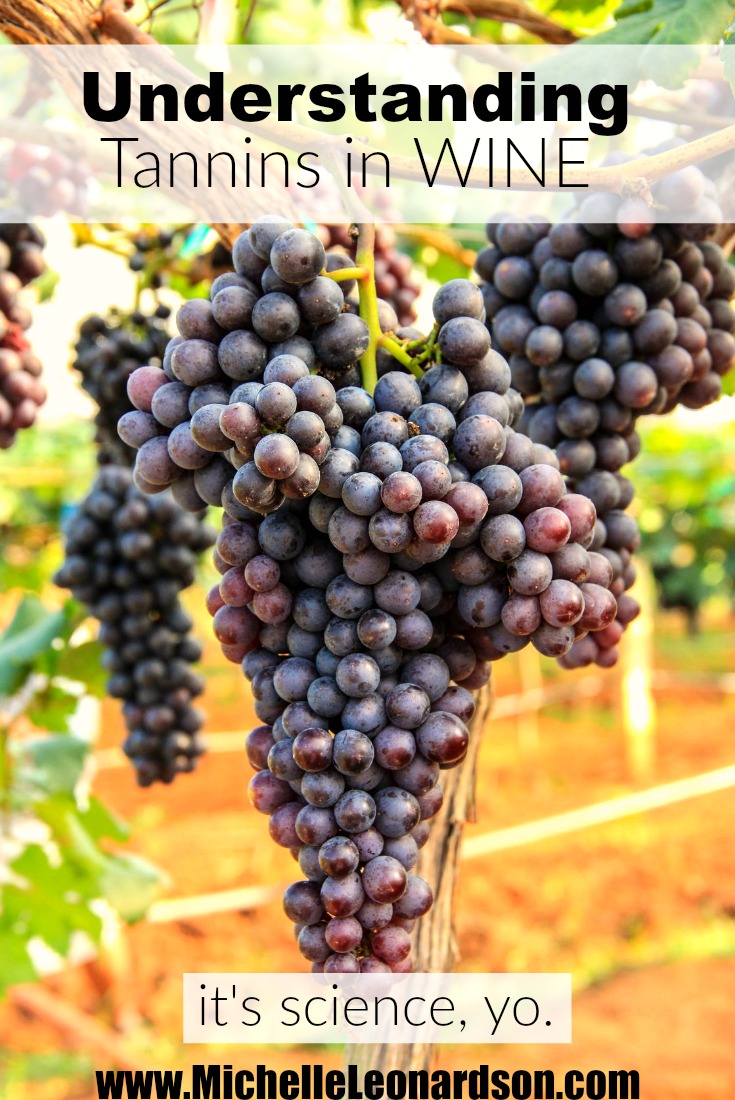
Leave a Reply